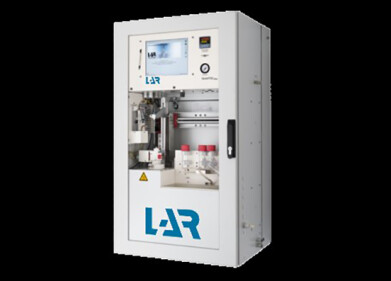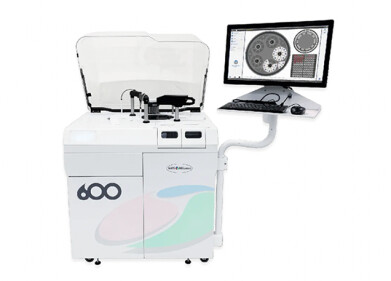Wastewater Analysis
What Have We Learnt About COVID-19 in Wastewater Since the Outbreak?
Apr 13 2021
After the novel coronavirus was first discovered in Wuhan City in China in December 2019, it subsequently spread to the rest of the world in rapid fashion, prompting the WHO to declare a global pandemic. Since then, the scientific community have been using all avenues of research available to them to learn as much as possible about this deadly disease.
One such avenue is wastewater-based epidemiology (WBE), which analyses human sewage for traces of the virus’s genetic material. This has been a highly useful method of detecting the presence and prevalence of the disease in a given population before it becomes apparent through hospitalisations and individual diagnostics tests. But what have we learned about coronavirus from wastewater monitoring since the initial outbreak?
Research at home and abroad
As soon as it was discovered that traces of COVID-19 could survive in wastewater, scientists began applying their existing knowledge of WBE to the subject. For those interested, the article Rapid detection of risks to microbial safety of water using BACTcontrol rapidly detecting faecal pollutions related to microbial infections, recently including COVID-19 contains plentiful information on this fascinating area of research.
Studies were quickly put into action at academic institutions across the country, involving such colleges and universities as Imperial College London, the University of Edinburgh and the University of Bath. Meanwhile, a Professor from Middlesex University began overseeing a collaborative programme of research involving stakeholders from all over the world, at the same time that similar initiatives were launched in countries as diverse as Luxembourg, Finland, France and the Netherlands.
Key findings
The cumulative findings that have been unearthed by these various research teams – and the collaboration which has allowed for the sharing of data and the exchange of ideas – has been instrumental in expanding our knowledge of how the virus behaves in wastewater. Here are some of the key findings thus far:
- While the virus itself does not appear to remain active in wastewater, traces of its genetic material can persist in the environment for three weeks or more.
- The WHO has insisted that these traces are not infectious and while no studies have uncovered concrete evidence of sufferers having contracted the disease via this medium, transmission through faecal matter cannot be conclusively ruled out.
- Between 40% and 50% of those diagnosed with the disease will shed DNA fragments of coronavirus through their faeces.
- The “Big Picture” data that this can provide the authorities with could arrive two or days before the disease manifests itself through symptomatic sufferers and hospitalisations.
Perhaps most importantly of all, wastewater monitoring for COVID-19 is very important as it can furnish scientists, medical professionals and local authorities with an early warning that a virus hotspot is likely to surface. This gives them the time they need to take appropriate social distancing measures (such as the closure of retail, hospitality and industry venues) and the diversion of resources necessary to contain the spread of the disease.
Digital Edition
AET 28.4 Oct/Nov 2024
November 2024
Gas Detection - Go from lagging to leading: why investment in gas detection makes sense Air Monitoring - Swirl and vortex meters will aid green hydrogen production - Beyond the Stack: Emi...
View all digital editions
Events
Jan 12 2025 Abu Dhabi, UAE
Jan 14 2025 Abu Dhabi, UAE
Jan 20 2025 San Diego, CA, USA
Carrefour des Gestions Locales de L'eau
Jan 22 2025 Rennes, France
Safety, Health & Wellbeing LIVE
Jan 22 2025 Manchester, UK



















